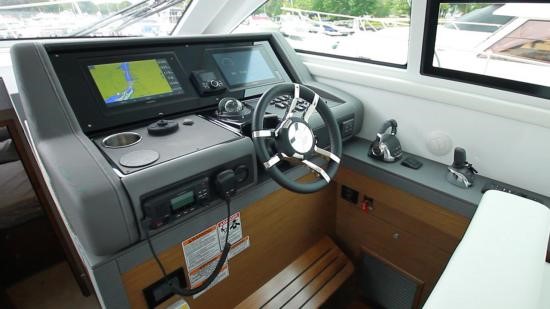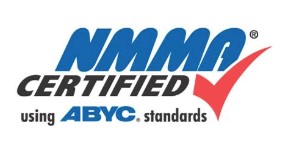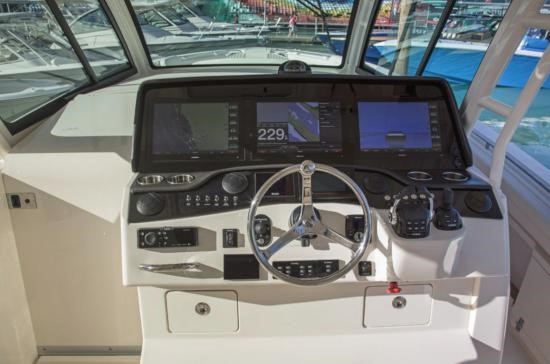Boat & Yacht Design
Staying in Control with Electric or Electronic Steering

Many boaters have learned to swear by electronic and electrical steering systems—after all, it’s hard to beat the reliability and response time of today’s well-designed systems, not to mention the feel at the wheel, which can be tweaked to user preference. But these critical systems have to adhere to strict ABYC standards that help to make them safer.

Boat Building Standards:
Electric/Electronic Steering Systems
ABYC Standards—
NOTES:
- There is no ABYC standard for wireless steering systems.
- This standard does not address autopilots.
- The steering system shall be fully operational within one second after becoming energized at nominal voltage.
- The system shall be energized whenever the propulsion engine(s) are running.
- The steering system shall have built-in redundancy accomplished by electronic/electric or mechanical means.
- Instructions for the proper installation and use of the steering system shall be made available by the manufacturer.
- All control commands and power shall be transmitted by physical means such as wires or fiber optic cables.
- Steering Operation orientation (the operator facing the bow of the boat) — Steering helms utilizing rotary input devices (i.e. steering wheels, potentiometer, etc.) shall be oriented in such a manner that clockwise rotation of the steering input device will result in the boat turning to starboard and counterclockwise rotation of the steering input device will result in the boat turning to port.
- Installation of steering helms that utilize rocker switches, joysticks, slides, or push buttons shall be oriented laterally instead of longitudinally so that:
- depressing the right button, rocker switch, or slide right produces a mechanical movement that will result in the boat turning to starboard.
- depressing the left button, rocker switch, or slide left produces a mechanical movement that will result in the boat turning to port.
- Helms that use rocker switches or push buttons shall utilize only momentary type switches and the boat shall continue on its heading when not actuated.
- Upon propulsion engine start-up the steering systems shall; default rudder position to straight ahead or provide a visual indication of rudder position at the command station, or provide an indication of rudder position by use of steering helm stops.
- Steering System Response Time:
- The steering system shall complete its full range of travel at a maximum of 3.2 seconds against a minimum of 750 lb. (3,337 N) linear force or 500 ft. lb. (678 N·m) opposing torque.
- The steering system shall begin to respond to the input command within 0.2 seconds.
- Electrical System – All electrical/electronic steering systems shall comply with ABYC standards for AC and DC Electrical Systems on Boats.

- Multiple Steering Helm - In multiple helm installations, each steering helm shall have a visible indication of when it is active.
- Ignition Protection - Electrical components shall meet the applicable ignition protection requirements of ABYC standards for AC and DC Electrical Systems on Boats.
- Mechanical steering components shall comply with ABYC standards regarding Mechanical Steering Systems.
- All hydraulic components shall comply with ABYC standards for Hydraulic Systems and Manual Hydraulic Steering Systems.
- Components of the steering system shall be resistant to corrosion, either by virtue of material or coating thereof, and shall be galvanically compatible with adjoining components.
